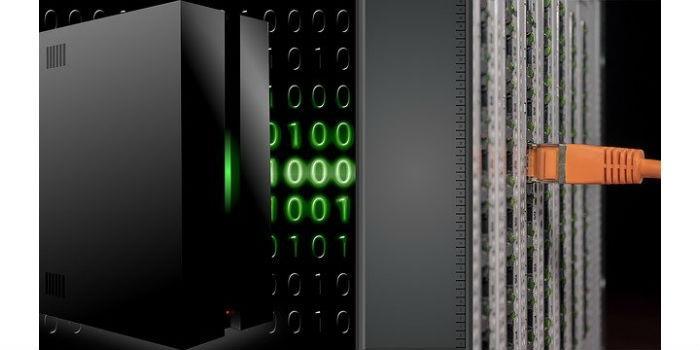 International. Supercomputers, capable of processing more than 1015 operations (1 million trillion) per second, are subject to increasing power competition, especially between China, the United States, Europe and Japan. In fact, without these calculation tools, entire areas of contemporary science are beyond the reach of researchers: simulating future weather (or tomorrow's weather), designing a spacecraft or aircraft without going through dozens of expensive tests, studying the thermodynamics of a nuclear reactor, or exploring the vastness of data collected on molecular biology and genetics, using data streams sent by Earth observation satellites, etc.
International. Supercomputers, capable of processing more than 1015 operations (1 million trillion) per second, are subject to increasing power competition, especially between China, the United States, Europe and Japan. In fact, without these calculation tools, entire areas of contemporary science are beyond the reach of researchers: simulating future weather (or tomorrow's weather), designing a spacecraft or aircraft without going through dozens of expensive tests, studying the thermodynamics of a nuclear reactor, or exploring the vastness of data collected on molecular biology and genetics, using data streams sent by Earth observation satellites, etc.
The problem that arises is the cooling of these increasingly powerful supercomputers. Here are two examples of these new supercomputers in the United States and France and the solutions adopted to cool them down.
In France, Atos announced in November 2019 a four-year contract for €42 million with the French national weather service, Météo-France, to supply two supercomputers based on its latest BullSequana XH2000 technology. The new systems will multiply Météo-France's computing power by more than 5, compared to its current solution, allowing it to achieve several scientific advances in weather forecasting. You will be able to improve forecasts and announce in advance unexpected small-scale and high-impact weather events (such as heavy rains, gales and the risk of hail) and refine your studies on the impact of climate change. Each new supercomputer is capable of processing more than 10 million million operations per second and is among the most powerful weather supercomputers in the world.
The BullSequana XH2000 boasts optimal energy efficiency with its patented highly efficient water-cooled direct liquid cooling solution, which minimizes energy consumption by using warm water up to 40°C.
The first supercomputer was installed last November at the Météo-France National Computing Centre in Toulouse and will be available for the fitness verification and regular service phases from January 2020. The second will be installed at the Espace Clément Ader (Toulouse Montaudran) from May 2020 and will enter the test phase from July 2020. These two computers will be used in the second half of 2020 for operational weather forecasting and research in atmospheric, oceanic and climate sciences.
In the U.S., the Department of Energy announced in August 2019 that Cray (a Hewlett Packard Enterprise Company) will build the National Nuclear Security Administration's (NNSA) first exascale supercomputer, "El Capitan."
To be housed at Lawrence Livermore National Laboratory in California, El Capitan will have a peak yield of more than 1.5 exaflops (1.5 × 1018 or 1.5 billion calculations per second) and early delivery by the end of 2023. The total award of the contract is valued at US$600 million. With advanced capabilities for modeling, simulation, and artificial intelligence, El Capitan is projected to run national nuclear safety applications.
This supercomputer will consume between 25 and 40 megawatts of power to keep the hardware running. That's two to four times more than what larger systems are using today. As a result of the huge thermal loads that will need to be treated, it will use direct liquid cooling of the board components to extract the excess heat.
The cooling infrastructure wrapped around these exascale supercomputers will be supplied by Motivair Cooling Solutions, which has been developing since 2015 Exascale Class Refrigerant Distribution Units (DCUs) that supply cold water in an isolated circuit to the computer nodes. The CDU heat exchanger transfers the heat extracted from the system to a secondary circuit connected to the building's water supply, which can be a cooler, a cooling tower, or even a natural water source.
Source: International Refrigeration Institute.














